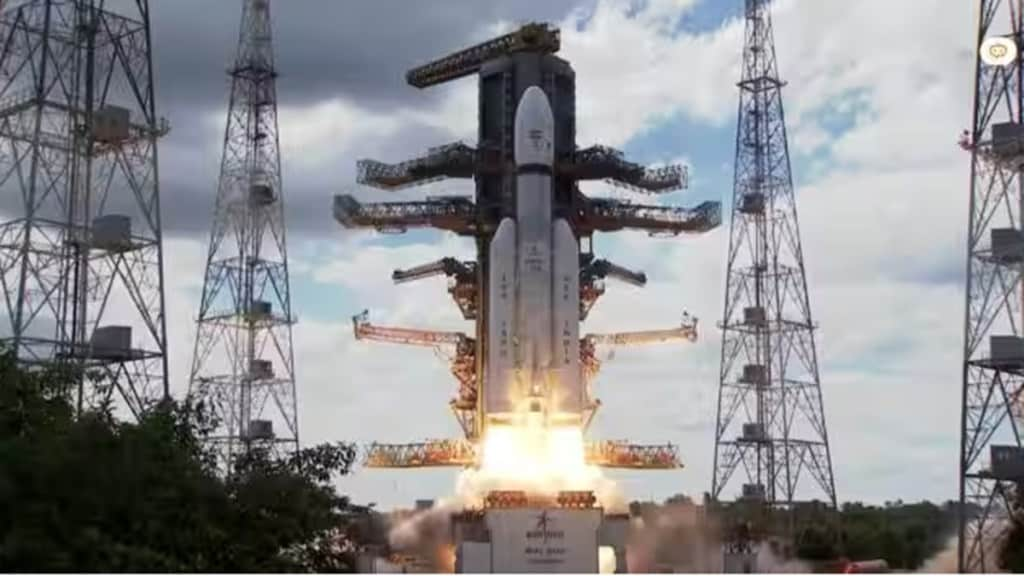Chandrayaan-3’s spectacular launch underscores, among other things, the gains of opening up the space sector to private players. Nearly 85% of the components of the LVM3, the rocket that carried India’s Moon lander and rover into space, were reportedly sourced from private firms, with many of the critical components developed in the GOCO (government-owned, companies operated) model. That the policies of recent vintage are starting to show impressive results is certainly encouraging. The government established the Indian National Space Promotion and Authorisation Centre (IN-SPACe) in 2020 as a link between the Indian Space Research Organisation (Isro) and the private sector. This has led to a boom in the number of private-sector space start-ups, from 21 in 2020 to 146 now. Isro has transferred over 400 technologies to 235 industries, and has signed 620 tech-transfer agreements since the 1980s, and close to half of these transfers have happened in the past few years. Transfers with the intention of buying back—that is, products made by the private-sector tech-recipient finding application in Isro programmes—give confidence to investors of a dependable market. Investors also see a less-costly alternative to European launchers that are grounded or under development, as well as access to a bustling manufacturing hub. Opening up of Isro facilities for testing, tracking, in-lab development also facilitate hand-holding of the private sector.
That said, the focus has to be on expanding indigenisation further. Given the complex nature of space operations, critical components and materials have to be “space qualified”, or designed, manufactured and successfully tested for operations beyond 100 km above the Earth’s surface. Even as Isro has been raising its domestic sourcing, some materials and electronic components are still imported—the space agency pegs the share of the imported components at around 10% for launch vehicles and 50-55% for satellites. There is also a need to cater for the end-use needs of various organisations such as the earth sciences ministry, telecom department, the meteorological department, etc, in the public sector, and media companies, weather forecasting companies, etc, in the private sector.
Given tech transfer for buy-back and for space systems utilisation and space applications has picked up satisfactorily, the need now is to ease the path of investment in the space sector. To that end, the government working on easing foreign direct investment in the sector (under the Space Policy announced in April) is welcome news. Investments in Indian space start-ups have been growing at an impressive pace; from $23 million in 2020, it climbed to $109 million in 2022. The potential, as estimated by EY, for the private sector in India’s space industry is huge—the satellite manufacturing market is expected to reach $3.2 billion by 2025, while the launch and satellite services markets are expected to reach $1 billion and $5 billion, respectively.
There is still a long distance to go, no doubt. India’s share in the $500-billion global commercial space pie remains a mere 2.1%. The sector is dominated largely by the US and, in recent times, China, which poses a real strategic threat for India, even off terra firma. If the country is to bite off a bigger share in the next few years as space exploration—commercial and otherwise—heats up, it will need robust private sector participation to supplement its public sector prowess. That would require approvals coming easier, stakeholders are aligned with each other, and there are more private industry veterans in government helping the sector.


